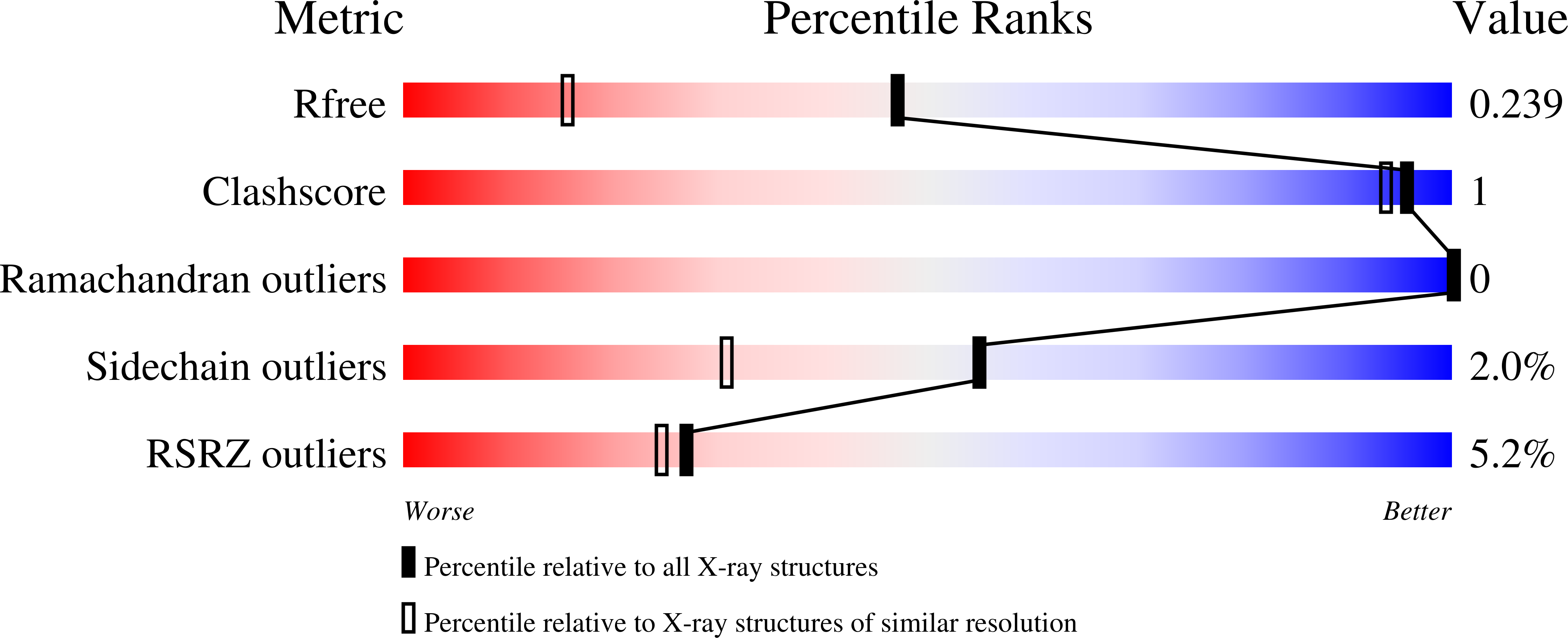
Deposition Date
2008-04-03
Release Date
2008-07-01
Last Version Date
2023-08-30
Method Details:
Experimental Method:
Resolution:
1.60 Å
R-Value Free:
0.23
R-Value Work:
0.20
R-Value Observed:
0.20
Space Group:
P 31 2 1


